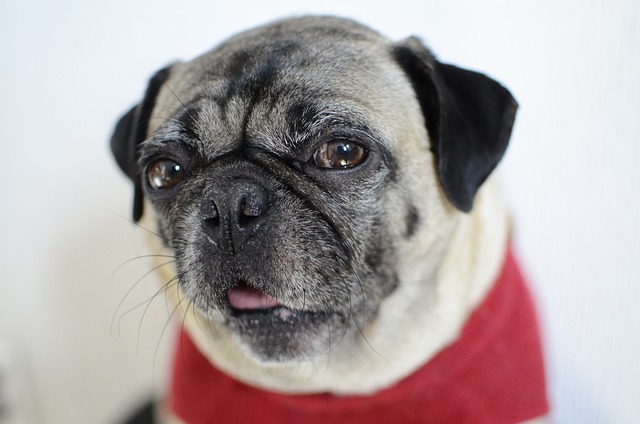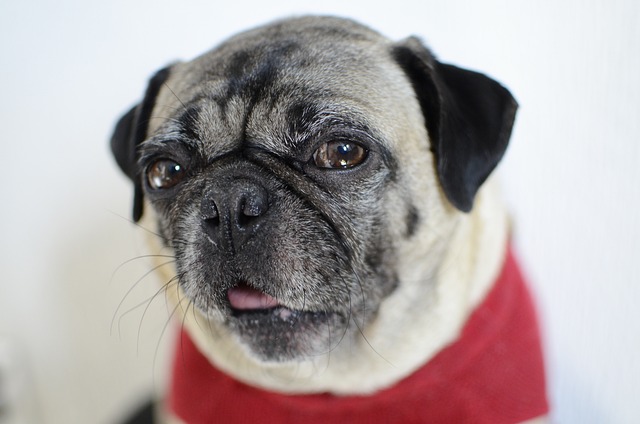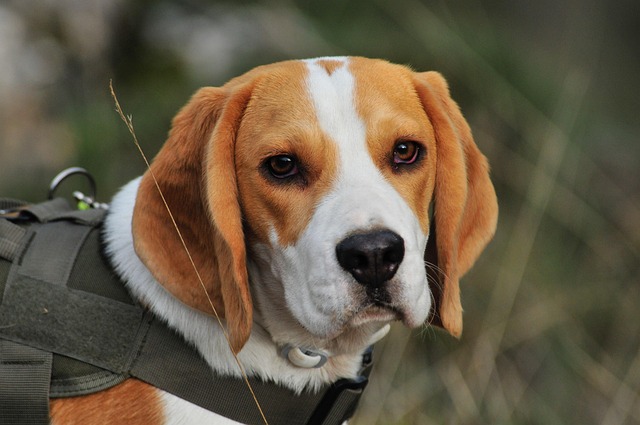
Is a cocker spaniel easy to train?
Is a cocker spaniel easy to train? It’s a question many new dog owners ask when considering this floppy-eared, tail-wagging breed.
How do you discipline a Pug? Let’s start by understanding their nature—these squishy-faced charmers are smart but stubborn, with a penchant for pleasing when motivated. Disciplining a Pug isn’t about punishment; it’s about guiding their energy into positive behaviors, which aligns with most regional animal welfare guidelines that discourage harsh methods.
Pugs thrive on routine, so consistency is key. For example, if your Pug nips during play, a firm “no” followed by redirecting to a chew toy teaches boundaries without fear. This method taps into operant conditioning—rewarding good behavior (like sitting calmly) with their favorite treats or extra belly rubs makes them eager to repeat it. Remember, their short attention spans mean training sessions should stay under 10 minutes, ideal for busy apartment living common in urban areas.
 House training often tops the list for new owners. Pugs can be slow to catch on, so set a schedule: take them out after meals, naps, and playtime. If accidents happen, avoid scolding—they won’t connect it to the earlier mistake. Instead, clean the area with an enzyme cleaner to eliminate odors (a must for maintaining good relations with landlords) and praise them wildly when they go outside. Many localities require pets to be vaccinated, so pairing training with vet visits keeps you compliant while tracking their progress.
House training often tops the list for new owners. Pugs can be slow to catch on, so set a schedule: take them out after meals, naps, and playtime. If accidents happen, avoid scolding—they won’t connect it to the earlier mistake. Instead, clean the area with an enzyme cleaner to eliminate odors (a must for maintaining good relations with landlords) and praise them wildly when they go outside. Many localities require pets to be vaccinated, so pairing training with vet visits keeps you compliant while tracking their progress.
Barking at neighbors or doorbells is another typical Pug quirk. When they start, wait for a pause, then reward the silence with a treat. This teaches them quiet is rewarding. It’s also courteous in shared spaces—no one wants a noisy pup disturbing the community. Always carry waste bags during walks; failing to clean up after your Pug isn’t just rude, it’s illegal in most cities, with fines varying by county.
Socialization is part of discipline too. Pugs love people but can get overly excited, jumping on guests. Train them to “sit” before greetings—guests can offer a treat as a reward. This not only curbs jumping but also makes interactions enjoyable for everyone. Many dog parks have rules about well-behaved pets, so mastering basic commands ensures your Pug stays welcome.
Never underestimate the power of ignoring bad behavior. If your Pug throws a tantrum for table scraps, turning away until they calm down teaches that acting out gets no attention. This approach respects their emotional needs, fostering trust—a cornerstone of ethical pet care. Plus, it aligns with national campaigns promoting positive reinforcement over punishment.
In the end, disciplining a Pug is about patience, clarity, and lots of love. They’re sensitive souls who respond best to kindness, and by focusing on guidance rather than control, you’ll build a bond that lasts their lifetime. After all, a well-behaved Pug isn’t just a joy at home—they’re ambassadors for responsible pet ownership in your neighborhood.

Is a cocker spaniel easy to train? It’s a question many new dog owners ask when considering this floppy-eared, tail-wagging breed.

How do you discipline a Pug? Let’s start by understanding their nature—these squishy-faced charmers are smart but stubborn, with a penchant for pleasing when motivated.

Retraining an older dog might feel like asking for the moon, but trust me, it’s more achievable than you think. Just like humans, our furry friends may slow down with age, but they still have the capacity to learn and adapt.

Picture this: you’re holding a wiggly, 10-week-old Golden Retriever puppy at the end of a leash, and suddenly, they plant their tiny paws and refuse to budge – or worse, zoom off like a furry torpedo.

Pugs are charming little clowns with a knack for melting hearts, but their stubborn streak can make training feel like herding cats.

So you've adopted an adult dog who pulls like a sled husky the moment you clip on the leash? Don't sweat it – teaching an older dog polite leash manners is absolutely doable